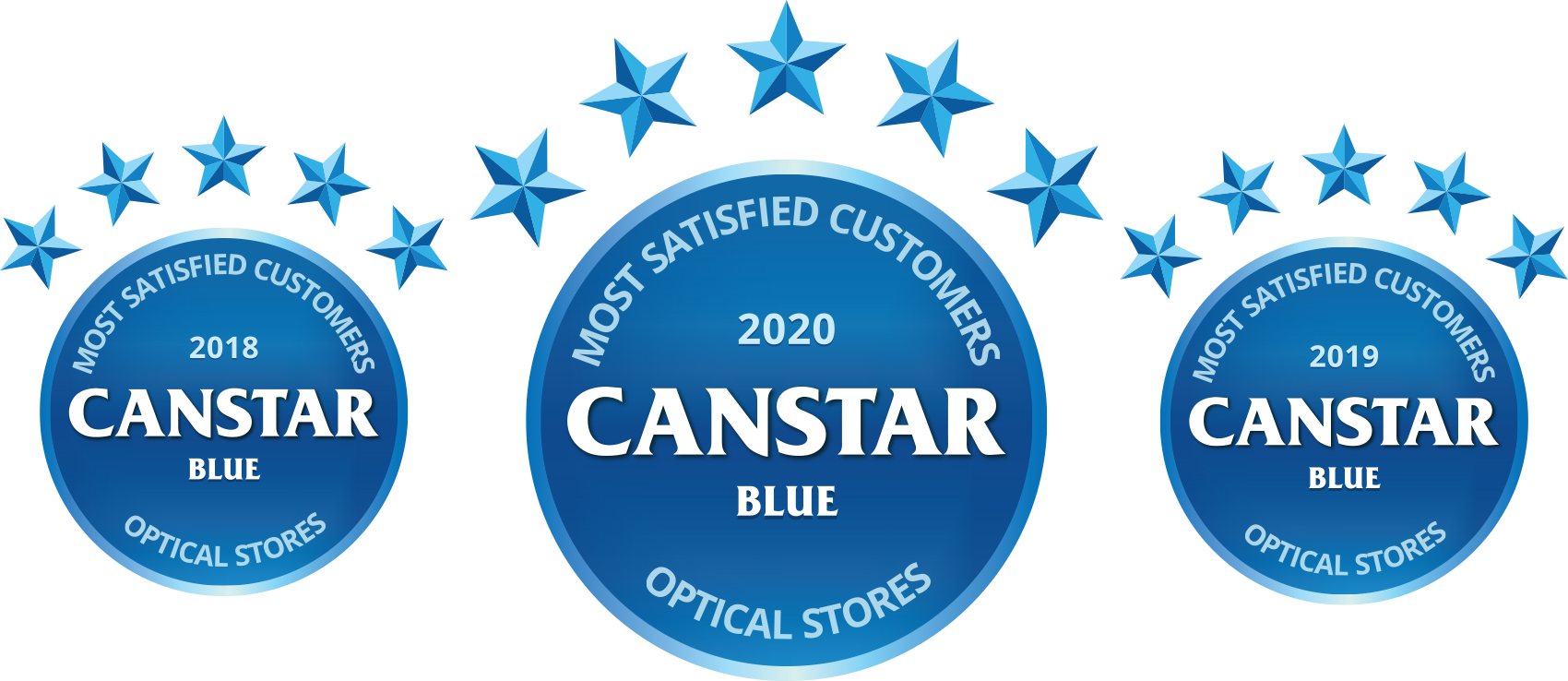Glaucoma
Eye Pressure Destroys Vision
Could you have Glaucoma? Glaucoma Australia estimates that over 300,000 currently suffer from Glaucoma, however, only 50 percent know they are living with the disease. There are no warning signs for most types of glaucoma and self-diagnosis is not possible. Glaucoma is the leading cause of blindness in people over the age of 60 but can begin to develop after 40 years of age.
Glaucoma is due to a gradual build up of pressure in your eye that slowly damages the sensitive optic nerve at the back of your eye that allows us to see. As eye pressure builds up progressively parts of the optic nerve become damaged irreversibly. Over time, if untreated, the progression of glaucoma results in vision loss or even blindness. In most cases it is not possible to sense or feel this high eye pressure so it is possible to have Glaucoma and not be aware of that something is wrong until vision loss occurs, and by then it can be too late. This is why glaucoma is often referred to as “ the sneak thief of sight”. In the case of glaucoma certainly ‘Perfect vision’ does not mean ‘perfect health.’ Only a comprehensive eye exam can determine signs of optic nerve damage.
What are the Glaucoma risk factors?
Age. The risk of developing glaucoma increases slightly with each year of age, particularly for people over the age of 60.
Family history. As many as 40 to 60 percent of all patients with glaucoma have a family history of glaucoma. First degree relatives (parents, siblings and children) are at greater risk – they have an almost one in four chance of developing glaucoma in their own lifetime, and that risk doubles if the relative has advanced glaucoma.
Ethnicity. Asia accounts for almost 60 percent of the world’s total glaucoma cases. People of Asian descent are at higher risk of angle-closure glaucoma.
Glaucoma Australia has created a free, anonymous quiz to help you find out if you are at risk of glaucoma.
When should you see your eye doctor?
All Australians 40 years or older should visit their Optometrist at least every two years for a comprehensive eye exam, which would include a glaucoma check.
What sort of eye examination will you have?
There is no one single diagnostic eye examination for glaucoma. Your optometrist will perform a variety of tests, using a variety of devices to look for glaucoma symptoms and will then analyse the clinical findings. The glaucoma tests are completely painless.
What are the treatment options?
Glaucoma does not go away and there is no cure. Glaucoma treatment is aimed at reducing pressure in the eye. Regular use of prescription eye drops is the most common treatment and often the first treatment. Sometimes cases may require systemic medications, laser treatment, or eye surgery.
How can you live with Glaucoma?
As long as a glaucoma diagnosis is provided early and managed well, most patients with glaucoma continue to enjoy a full life. Lifestyle changes would need to be made and adherence to the recommended course of treatment has to become part of a normal routine.
What about marijuana treatment for Glaucoma?
In the early 1970s, hopes were, well, ‘high’ when studies showed that smoking marijuana lowered intraocular pressure (IOP). Gradually however the clinical consensus on the use of marijuana for the treatment of glaucoma has changed. Today medical opinion is nearly unanimous in asserting that the beneficial effects of marijuana have been overstated. Studies revealed that marijuana became ineffective over time due to the human body developing tolerance to the drug, and the lowering of eye pressure was very brief, requiring multiple dosing per day.




